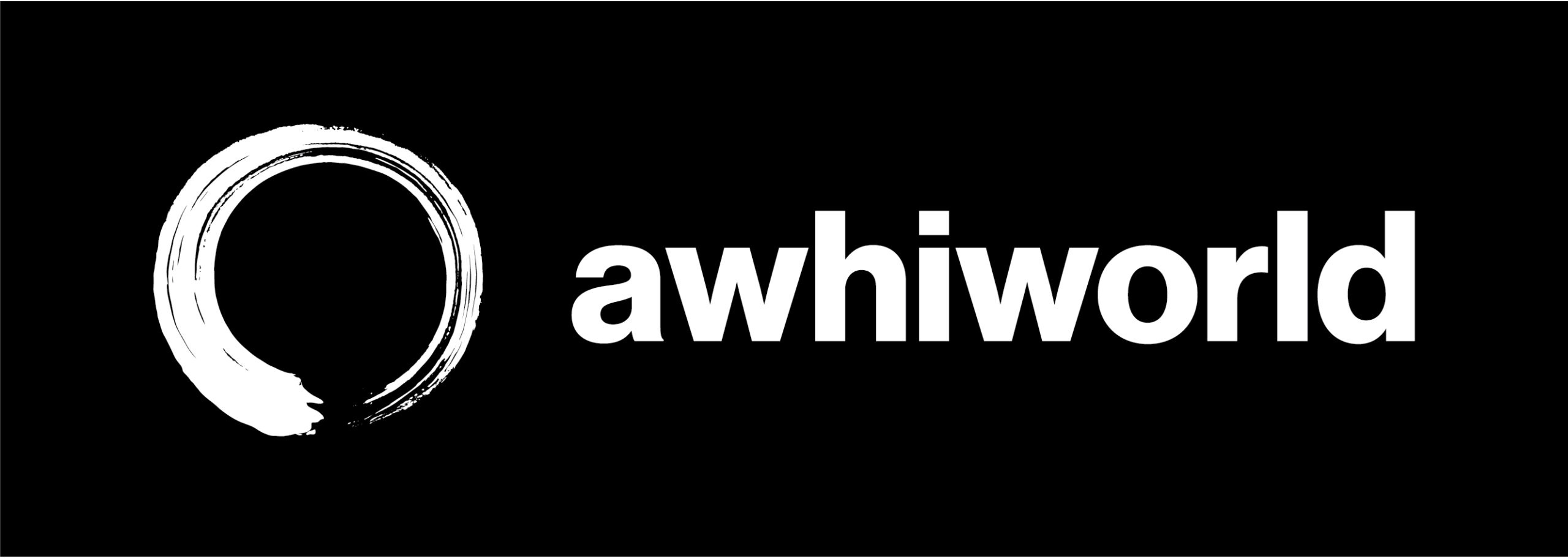Biomodd [ABD14]
![Biomodd [ABD<sup>14</sup>]](https://cdn.sanity.io/images/t39t9igo/production/ab00554f3064652eacfe5fcf56a7f7d9f48b4732-2736x3648.jpg?w=1152)
resources | |
|---|---|
| Bios x BIOMODD Collaboration | |
This is the first Biomodd art installation that interacts with different continents. The artwork consists of parts located in Aberdeen (Scotland) and Bahia (Brazil). Real-time sensor data from different indigenous plants and mosses are exchanged between these two locations. Real time data is shared between BIOS in Te Tai Tokerau, and concurrent installations in Aberdeen (Scotland) and Bahia (Brazil). Signals sent from BIOS are also visualised in a web-based VR environment created by the SEADs teamThat sensor data is then sent to Te Tai Tokerau/Northland (Aotearoa/New Zealand) where it interacts with installations as part of the BIOS Creative Innovation Lab run by creative studio AwhiWorld (supported by ThoTho).
Biomodd [ABD14] is developed in partnership with AwhiWorld, and the BIOS Creative Innovation Lab as an experiment in global collaboration. This partnership is an opportunity to build connections between Europe, Latin America, and the often isolated area of Te Tai Tokerau which is at the top of Aotearoa/New Zealand’s North Island. The region has experienced a number of disruptions in the last three years including COVID-19 lockdowns as well as significant weather events as a result of climate change.
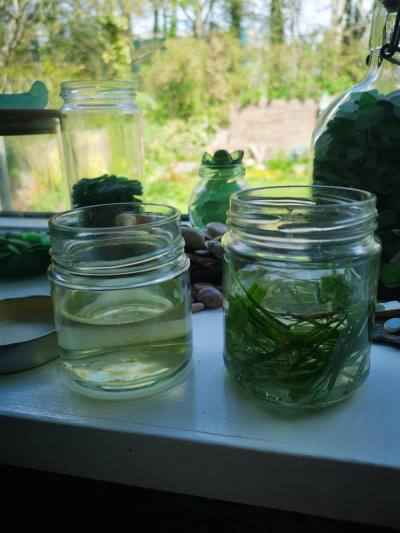
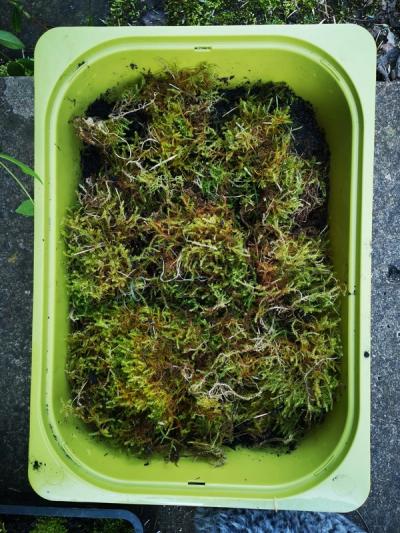

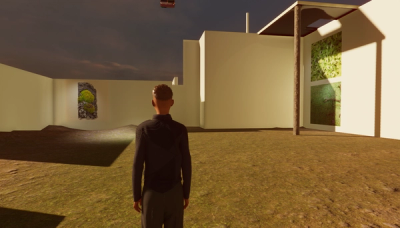
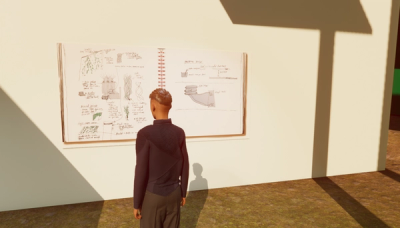
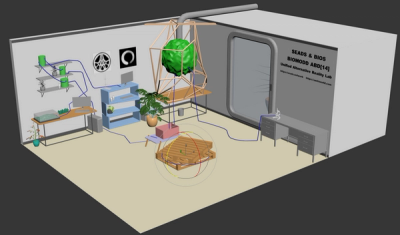
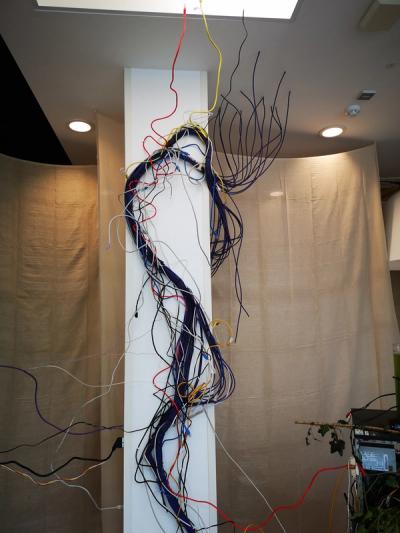
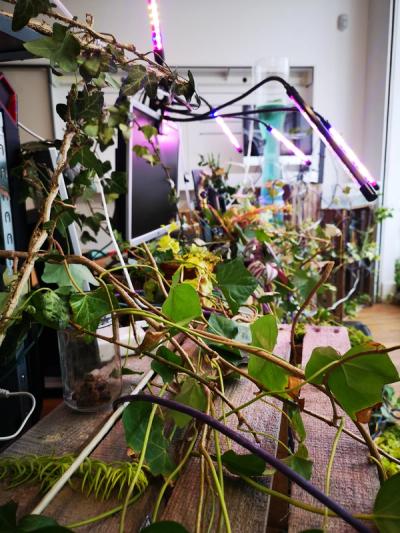
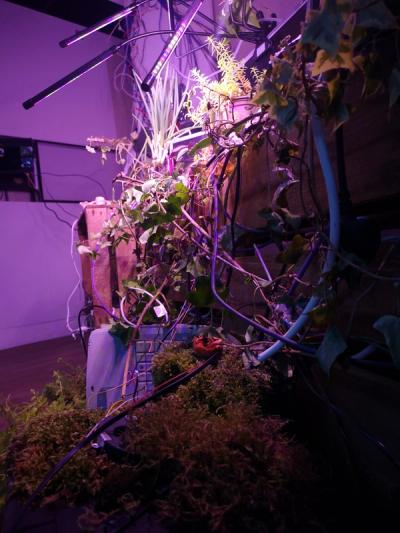
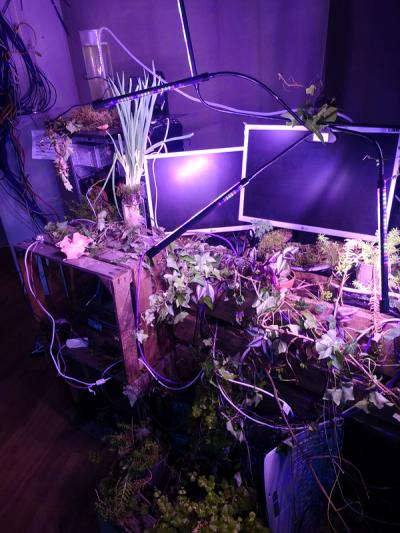
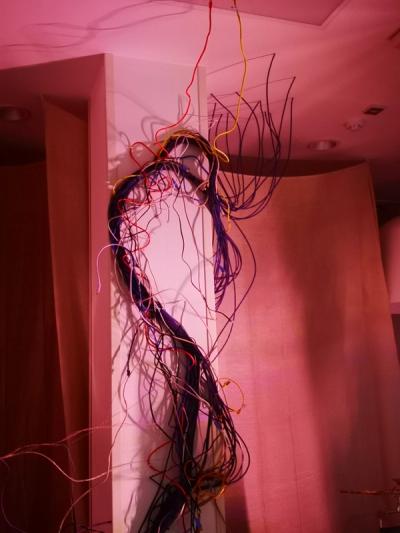
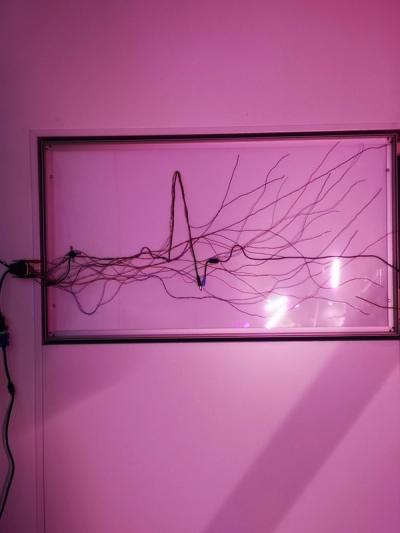
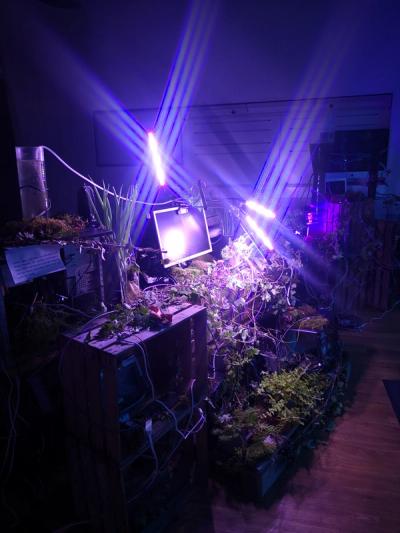
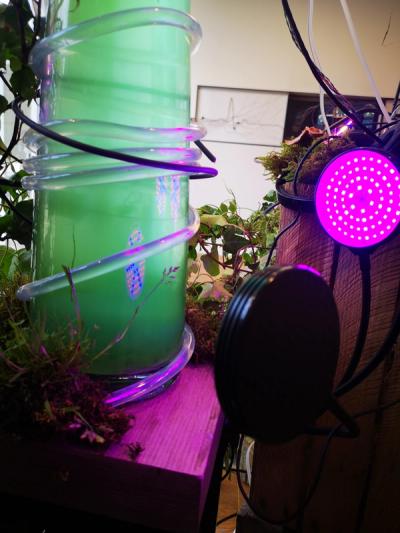
Biomodd
Biomodd is a collaborative community-engaged art project that creates new relationships between nature and technology across different cultures around the world. In Biomodd, nature and technology are fused into hybrid interactive art installations. The core idea is the co-creation of experimental systems in which recycled computers and living ecosystems coexist and mutually reinforce one another. The recycled computers are connected into a network that runs a custom computer game. In this game, visitors, plants and other organisms interact in endlessly varying ways. Biomodd is an ongoing series of temporary experiments. It is always being developed on site with local communities, and aims to ignite critical conversations about our ideas on ecology, progress and our technological future.
E-waste is a primary resource for the project. Discarded computers are collected, and the participants learn to dismantle them. Subsequently, functioning computers are built out of the salvaged electronic components. These reconstituted computers are assembled into a local network, connected to the Internet. The heat that is generated by the computers is then used to to boost the growth of plants and other organisms within the physical network. Algae and aquaponics are used to liquid cool computer processors so they can be overclocked and run faster. In later versions of the project, sensors and robotics allowed for even more elaborate interactions between computers and biology.
Once completed, the hybrid network is used to run a customized multiplayer computer game. The Biomodd games thematically tie in with the overarching concepts of the project. They are either based on existing open source games, or are developed from the ground up by local team members. As more exhibition visitors join the virtual game, electronic components heat up, boosting the growth of surrounding plants, including algae. Such radical interdependencies are in fact echoed throughout the entire realization of the project: in the community of artists, scientists and designers who build Biomodd; among the visitors who directly participate in the game; and in the physical components of the installation (including the dependency between hot microprocessors and living chloroplasts).
Biomodd results in living immersive art installations. It opens a science fictional world in which biology and technology merge into idiosyncratic, fully operational hybrid systems. Through the grass-roots approach and the collaboration of culturally diverse teams, Biomodd translates the artistry, imagination and vision of a larger community. In this way, the installation does not only propose a visual artistic experience, but also a vision of a co-created future.
Participating SEADS members
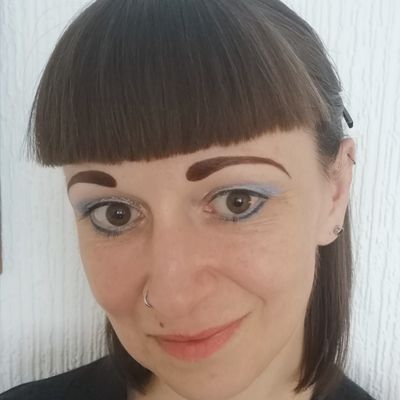
Amy Holt
Dr Amy Holt is a bioscientist and artist who holds a Ph.D. in molecular immunology and has over a decade of experience in the field of immunology and microbiome research, where she worked on the development of live biotherapeutics for the treatment of autoimmune diseases and cancers. She is a graduate of the International Space University's Master of Space Studies program, and she has worked for the last year at a company as part of a team designing an astronaut training program for a governmental organisation. Her expertise in the fields of both biology and space sciences have allowed her to develop a keen interest in the effects the space environment has on biological processes and how these can either be mitigated or potentially leveraged, in the development of new disruptive technologies. She is also interested in the use of biomaterials, with an emphasis on sustainability and their implementation in closed-loop, zero-waste systems that are essential for supporting human life in space.
Dr Holt is cultivating a practice in the arts that uniquely builds on her science background. She is a member of the SEADS coordination team and also serves as the collective's community organizer. This role allows her to explore the advantages of transdisciplinary approaches within collaborative artistic ventures. Her creative interests lie in exploring the intricate interplay between the natural world, technology, and themes related to identity and transhumanism. She is passionate about further exploring the benefits that transdisciplinary approaches can yield when applied within collaborative ventures.
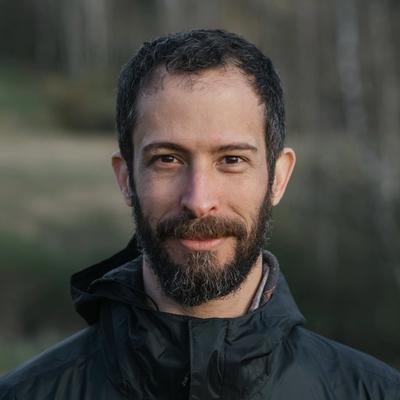
Frederico David Alencar de Sena Pereira
Fred is by nature curious about how and why organic or mechanical things work. He holds a BSc in Computer Engineering and Master in Mechanical Engineering along with extensive self-thought knowledge in 3D-modeling and 3D-printing. Born in Brazil, he is working on 3D bioprinters to produce human organs . He contributed to the making of a Space 3D Bioprinter named Organaut, which was launched to the ISS in december 2018 to conduct several experiments with cells and crystals. Fred's mind lives in the non-defined borders of science, art and engineering and a good dose of philosophy,capoeira and freeride longboarding make him a happy person.
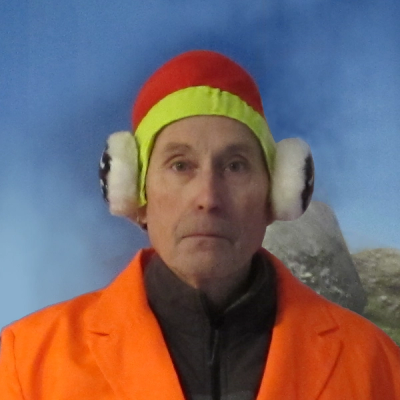
daniel vandersmissen
Daniël (in virtual environments Dan Yapungku) is an artist creating installations and performances that relate to various social themes (climate change, migration, dialogue, social behaviour) and events. He was a teacher in and a pedagogical advisor for the part-time art education in Belgium (Flanders)
Daniël created classic artwork (since 1972) as well as artwork in mixed media, installation-art (since 1979), objects and environments in virtual spaces (since 2006).
In 1994, together with volonteers, local people and cultural organization and a lot of friends and artists he organized a conceptual art event (ArtWall-k - KW) during 7 years in the unknown village Schriek (Flanders, region of Antwerp).
The used media, formats and materials in 2D and 3D artwork performance and installations are various find, residual and disposable materials - everyday utensils and products from consumer society - and are brought into public space/contemporary reality or a virtual environment, on request or unsolicited.
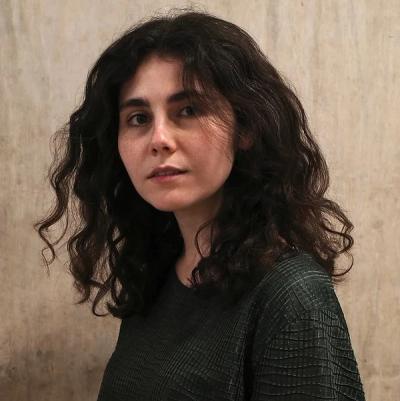
Mary Pedicini
Mary Pedicini is an American artist/sculptor based in London. Her practice encompasses writing, object-making, curation, sound and video. Her work is grounded in research and storytelling, and the objects that she makes - a 3D-printed tap, a metal mirror, a wax salamander - often reframe old tales, or prompt new ones. Borrowing elements from mythology and science fiction, she tries to imagine non-human ways of thinking and being, to broaden the scope of what we can envision.
Pedicini received her BA in 2019 from Dartmouth College, where she studied Art and dabbled in Ecology, and her MA in 2022 from the Royal College of Art, where she studied Sculpture. Her work has been shown in group exhibitions in the US, the UK, and China.
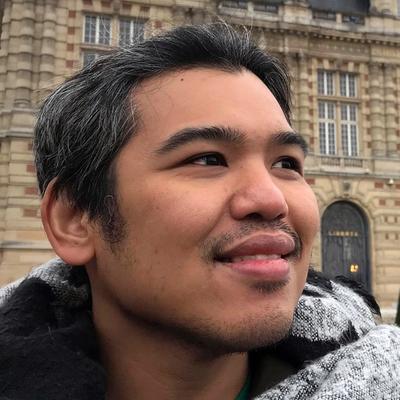
Rob Figueroa Jr.
Bobby is a technologist, teacher, and researcher who works in the area of Educational Technology and Information Systems. He is currently working on research projects involving virtual reality in learning contexts. He is a PhD Candidate at the International Christian University in Japan and Assistant Professor at the University of the Philippines Open University. He also does consulting work as a Learning Management Systems project leader. As one of the newer members, Bobby joined a SEADS project in the Philippines and hosted a small collaborative project sponsored by JICUF in Japan.
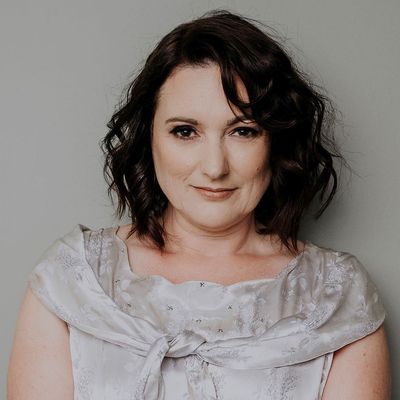
Maggie Buxton
Maggie Buxton is a transdisciplinary practitioner, producer and curator. Her practice actively engages with the spirit and spirits of place and opens portals to parallel universes and alternative realities. Maggie has nearly 30 years of working in NZ and globally to support projects in the arts, environmental, social and political spheres. This includes working with ecovillages in West Africa and Latin America; social enterprises and spiritual communities in Scotland; and significant political and corporate institutions across Europe. Her most recent projects have focussed on indigenous cultural centres and capacity-building initiatives near her home in Te Tai Tokerau/Northland, New Zealand.
Her creative works are usually site-specific, and designed to activate spaces and places in grass-roots settings and heterotopic locations. Her collaborative studio AwhiWorld has run pop-up cross-disciplinary innovation labs in empty CBD retail outlets, created town wide augmented reality installations and opened portals to alternative realities in elementary schools, indigenous cultural centres, historic sites, derelict buildings and rest homes. Maggie has a cross-disciplinary PhD (focussing on augmented reality, tricksters and the spirit of place), an MSc in Organisational Development and Consulting (Sheffield Business School) and a BA in Politics and Education. She loves poetry, pickling, photography, politics and propagation. But does not do these simultaneously – yet.
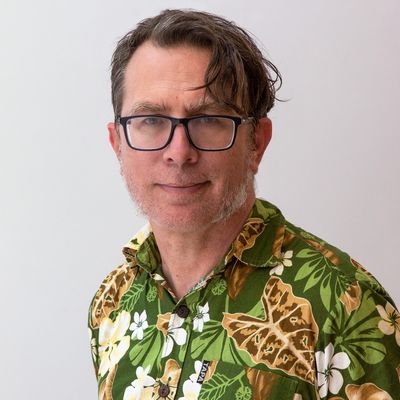
Kim Newall
Kim Newall, is a multidisciplinary creative practitioner. He is an NZ leader in using creative technology in grass-roots settings and has nearly 40 years of experience mediating between analogue and digital practice. Kim's work includes immersive real-time performances and interactive and generative installations. He has expertise working between creative coding, hacking, augmented reality, Arduino, projection mapping, IoT, 3D animation and modelling, pen and ink drawing and painting. He also regularly works as a professional VJ at large festivals around Aotearoa. Kim has a Master of Creative Technologies and has taught on creative technology and digital art degrees in NZ. He is currently a Lead Creative Technologist at AwhiWorld

Pim Tournaye
Pim is an improviser, musician, and technologist. He likes making things, people, processes and dynamics talk to each other. Currently studying Interactive Media Arts at NYU's ITP program, he researches and makes projects around communication and its multiplicity.

Jorge Guevara
Jorge is a Colombian choreographer, experience & interaction designer based in Brussels whose work lies in the intersection of interface technologies and sociology. His choreographies propose playgrounds where the body in time-space becomes a source of non-binary knowledge. He creates frameworks with a responsive/interactive/relational aspect where the subject of attention is the public, where the people come together. His focus is on decolonizing knowledge where the body is a source of healing.
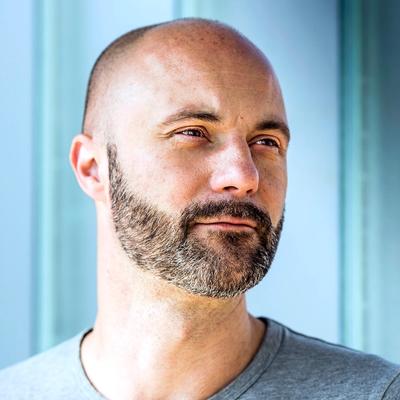
Angelo Vermeulen
Angelo is a space systems researcher, biologist, and community artist. With his multidisciplinary background, he collaborates closely with practicing scientists, while also creating multimedia art installations, and building communities through design and co-creation. In 2013 he was crew commander of the NASA-funded HI-SEAS Mars simulation in Hawaii. Currently he is doing research on interstellar travel at Delft University of Technology. He has lived in many corners of the world, is a TED Senior Fellow, and loves computer games.
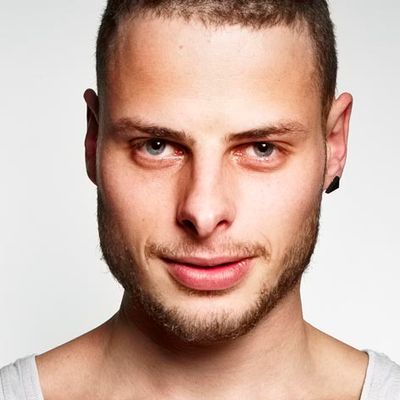
Pieter Steyaert
Pieter Steyaert is an artist and transdisciplinary researcher who explores collaborations within artistic and scientific communities. His work particularly focuses on the context of astrophysics and exoplanets. Pieter is one of the co-founders of SEADS and has worked on a wide range of Biomodd, Seeker and Ēngines of Ēternity projects in Europe, the USA and SE Asia. He leads the development of tools and platforms that support the global SEADS community.
Pieter is fascinated by the possibilities, ethics, and shortcomings of the techno-realm. He shares and explores insights as an educator and researcher. His interests include artificial life, data-driven experience design, and art-science interactions. Pieter conducts research at CHAMELEON, an exoplanet research group which is affiliated with both the University of Antwerp and the University of Copenhagen. His research aims to use artistic methodologies to advance scientific ideation and research.
Links
